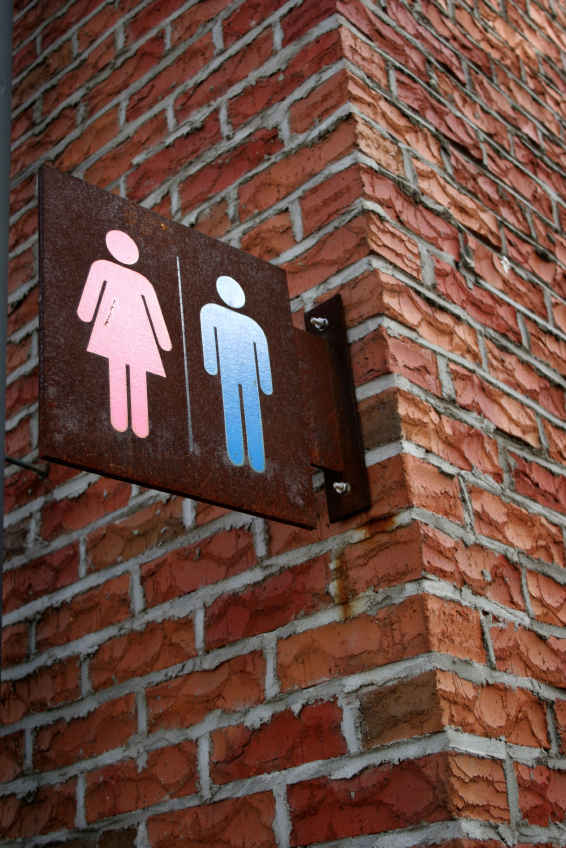Sixty percent of women over age 50 have experienced elements of overactive bladder but that doesn’t mean we should write it off as “aging” and learn to live with it.
It’s called urgent bladder and there are plenty of ways to tackle it, said St. Elizabeth Healthcare board-certified urologist Sonia Chopra.
Typical symptoms include frequent urination, urgency (feeling that you aren’t going to make it to the bathroom in time), and leakage (when you don’t make it to the bathroom in time.)
“Women of any age can have issues of overactive bladder, but it tends to become more common as we get older,” said Chopra.
Symptoms can be annoying but women should call the doctor when they interfere with their quality of life. If they interrupt your lifestyle daily, you can’t get work done or enjoy social situations. If they keep you up at night, it’s time to get help. Blood in the urine or burning when you pee are also indicators that it’s time to call the doctor.
“She should come and talk to me about her symptoms, what sort of things she’s tried before, and how it affects her life,” said Chopra.
Urgent bladder is diagnosed based on symptoms, as well as a diagnosis of exclusion by examining possible signs of growth in the bladder and other physical signs.
“We always try behavior modification first,” said Chopra. The doctor asks the patient to complete a voiding diary: listing every time they drink something, when, and how much. They also list every time they pee and the urgency associated with it.
Together, the doctor and patient consider possible “triggers” that may irritate the lining of the bladder and prompt the urge to pee. “Everyone has different triggers: coffee, pop, tea, alcohol,” said Chopra.
“It’s the age of the ‘Big Gulp,” she said. We drink a lot while we are working ” many at office jobs. “It’s really common for people to go in the morning and get their 32-ounce soda or big coffee and kind of absentmindedly sip on them through the day. Those can be bladder irritants but we’re also taking in a lot of fluids,” she said.
“Sugar substitutes is another big irritant that people don’t know about,” said Chopra.
Sometimes just reviewing the diary can prompt changes that relieve the problem.
“If behavior modification doesn’t work, then we usually try medication,” said Chopra.
If that doesn’t work, there are other treatments including a pacemaker for the bladder to reset the information between the brain and the bladder and options including Botox to relax the bladder muscles for six to nine months and prevent over-activity.
Bottom line: Women don’t have to accept getting up at night, bladder pressure, or going frequently with very little coming out.

